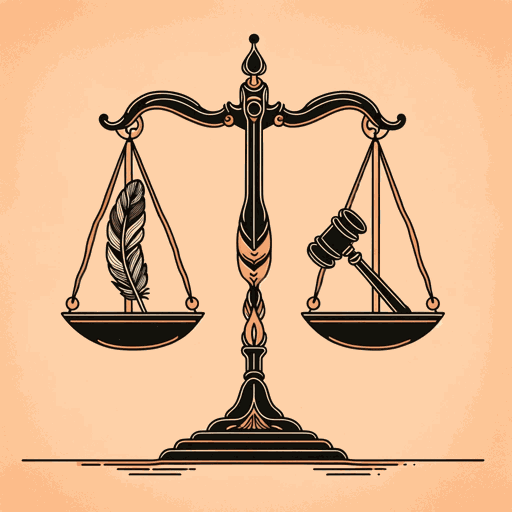42 pages • 1 hour read
Saidiya HartmanWayward Lives, Beautiful Experiments: Intimate Histories of Social Upheaval
Nonfiction | Book | Adult | Published in 1997A modern alternative to SparkNotes and CliffsNotes, SuperSummary offers high-quality Study Guides with detailed chapter summaries and analysis of major themes, characters, and more.
Important Quotes
“Without a name, there is the risk that she might never escape the oblivion that is the fate of minor lives and be condemned to the pose for the rest of her existence, remaining a meager figure appended to the story of a great man and relegated to item number 304, African American girl, in the survey of this life and work.”
(Part 1, Chapter 2, Page 15)
One of Hartman’s key motivations for writing Wayward Lives is the goal of centralizing the stories of people who lead ordinary lives not typically recorded in historiography. However, this means that there is not a record of the names of many of the women Hartman writes about. Though this girl (in the Eakins photograph) remains nameless, this chapter seeks to keep her story from falling into oblivion.
“Social reformers targeted interracial intimacy or even proximity; the Girl problem and the Negro problem reared their heads at the same time and found a common target in the sexual freedom of young women.”
(Part 1, Chapter 2, Page 22)
Black women experience the combined limitations of both their gender and their race, making their oppression unique from that of their counterparts. This quote echoes the sentiments of legal scholar Kimberlé Crenshaw in the term “intersectionality,” which refers to the way prejudices can overlap according to a person’s various identities.
“This necessary and routine violence defined the afterlife of slavery and documented the reach of the plantation into the ghetto.”
(Part 1, Chapter 2, Page 29)
An important term in Wayward Lives is the “afterlife of slavery,” by which Hartman shows the continuity between the conditions of Black life during slavery and after emancipation. It has also proven important to Hartman throughout her career to shift critical attention away from well-known spectacular violence (like whipping or lynching) and focus on the ordinary, subtle modes of oppression. This attention to the ordinary is also apparent in her 1997 book Scenes of Subjection: Terror, Slavery, and Self-Making in Nineteenth-Century America.
Featured Collections
Black History Month Reads
View Collection
Books on U.S. History
View Collection
Feminist Reads
View Collection
LGBTQ Literature
View Collection
National Book Awards Winners & Finalists
View Collection
Popular Study Guides
View Collection
Pride Month Reads
View Collection
Women's Studies
View Collection

